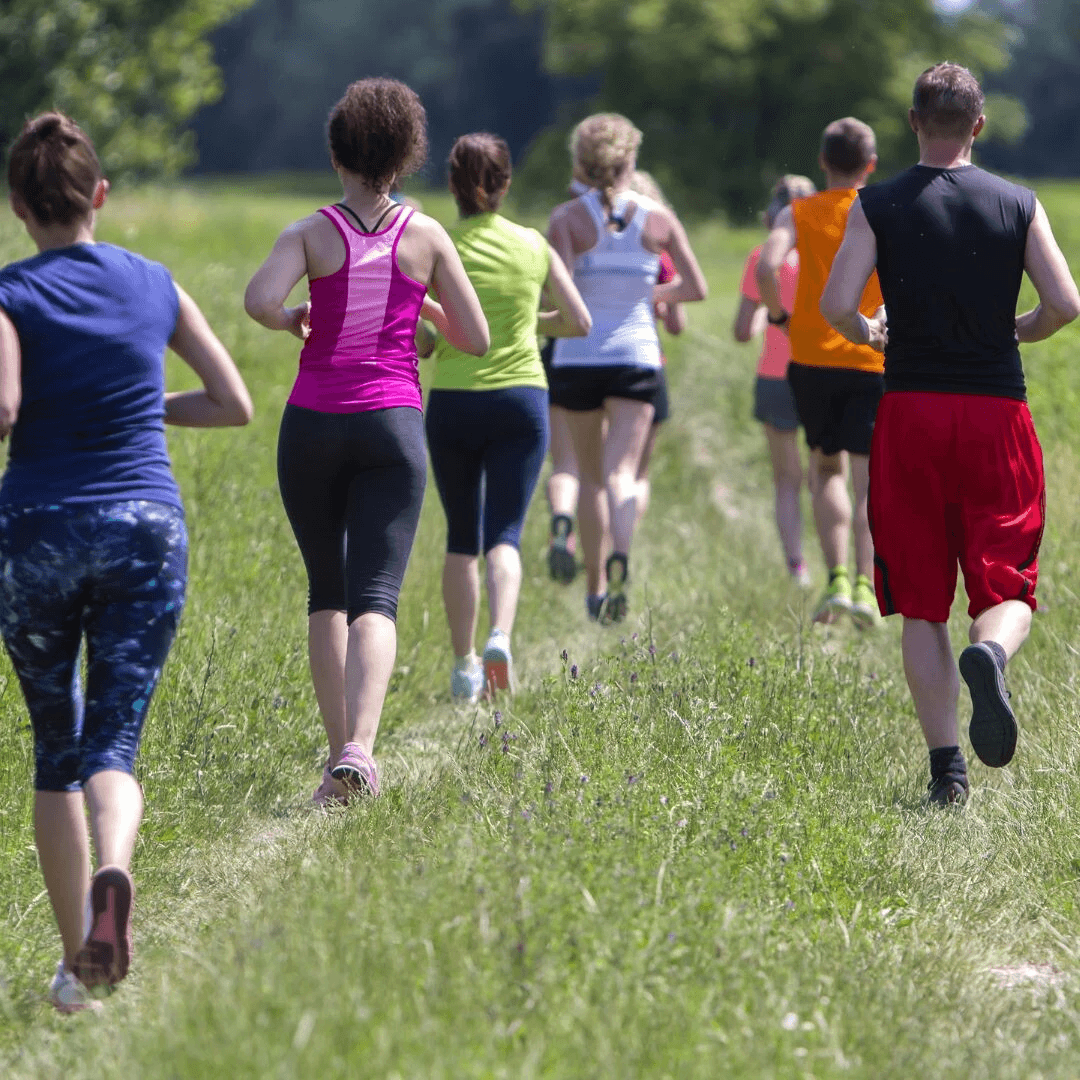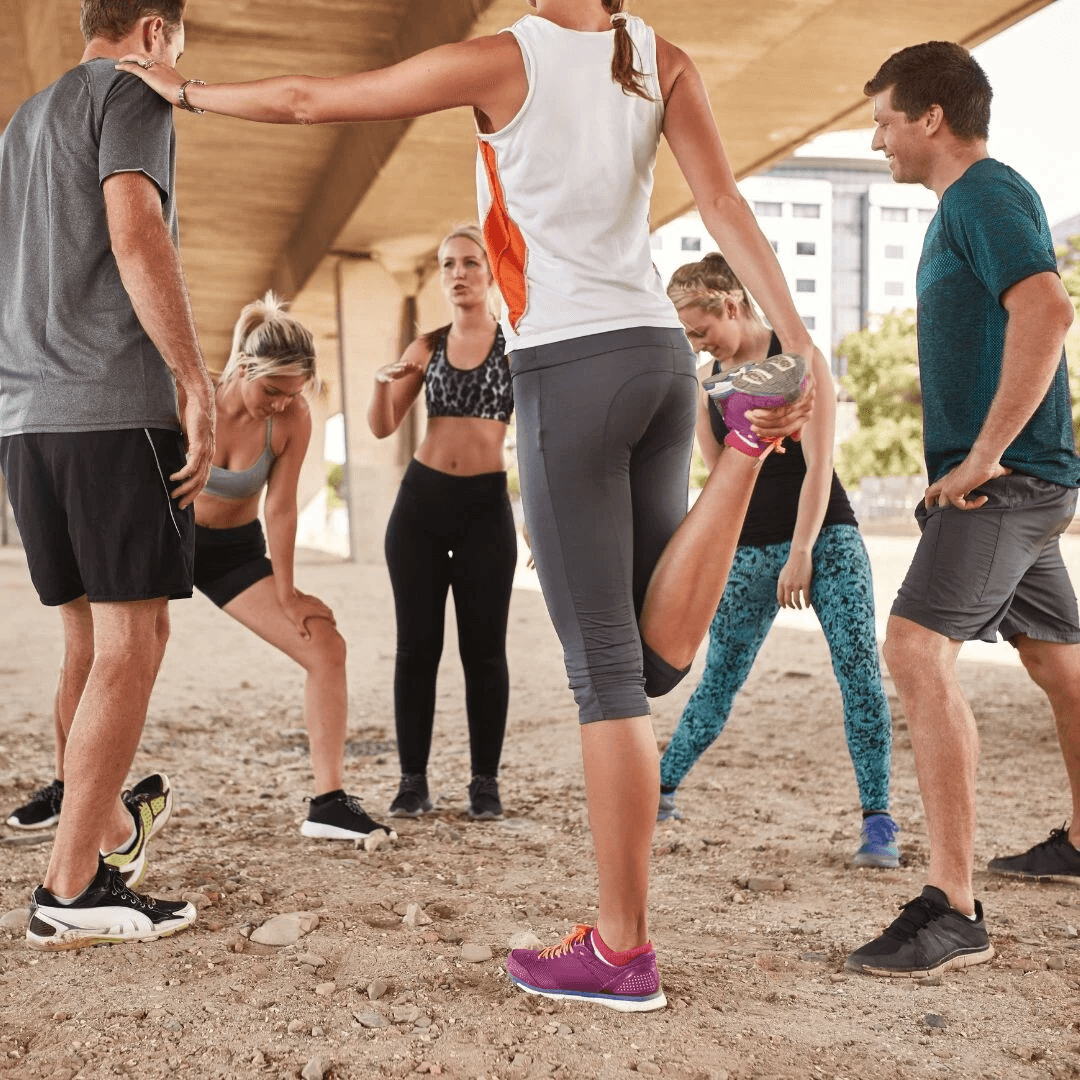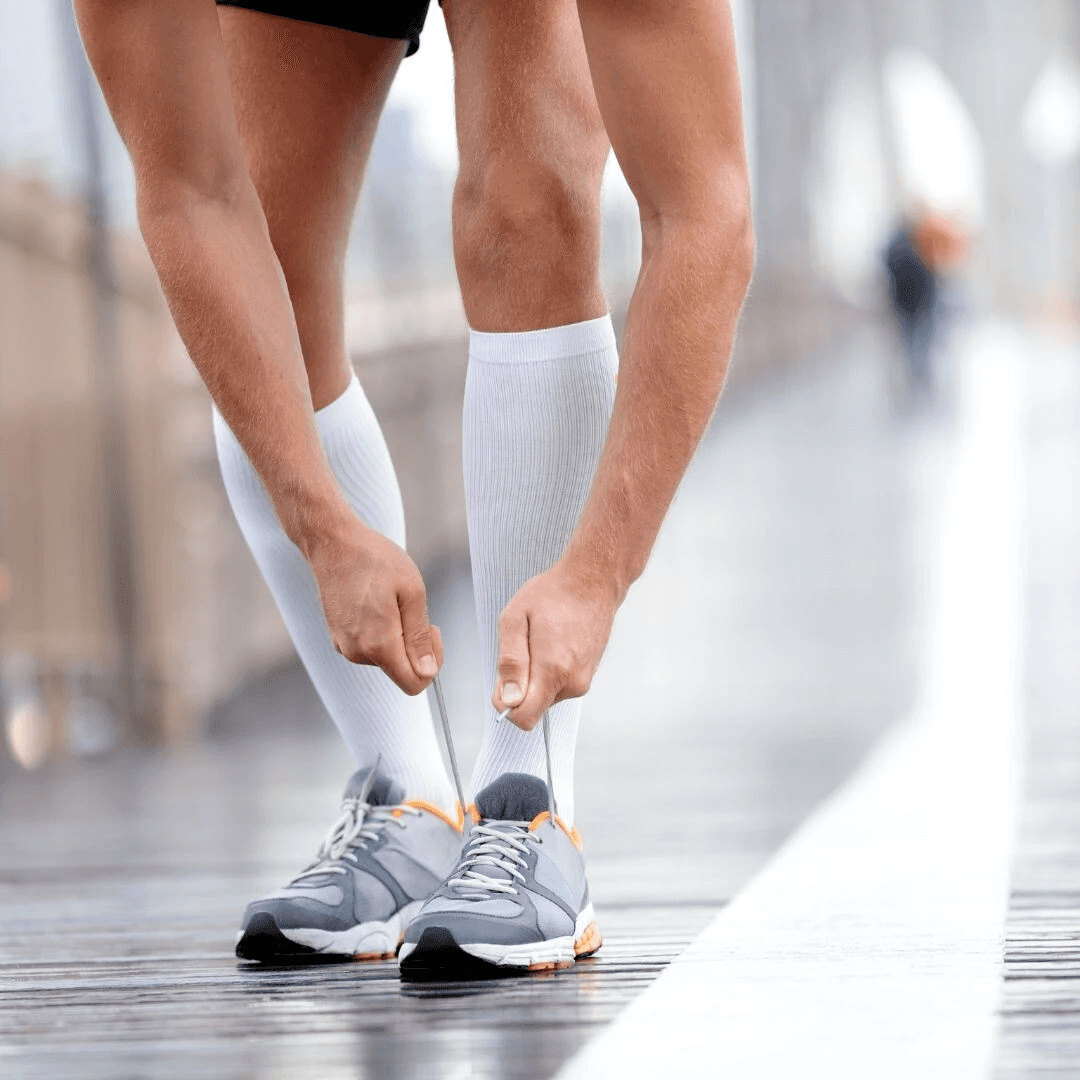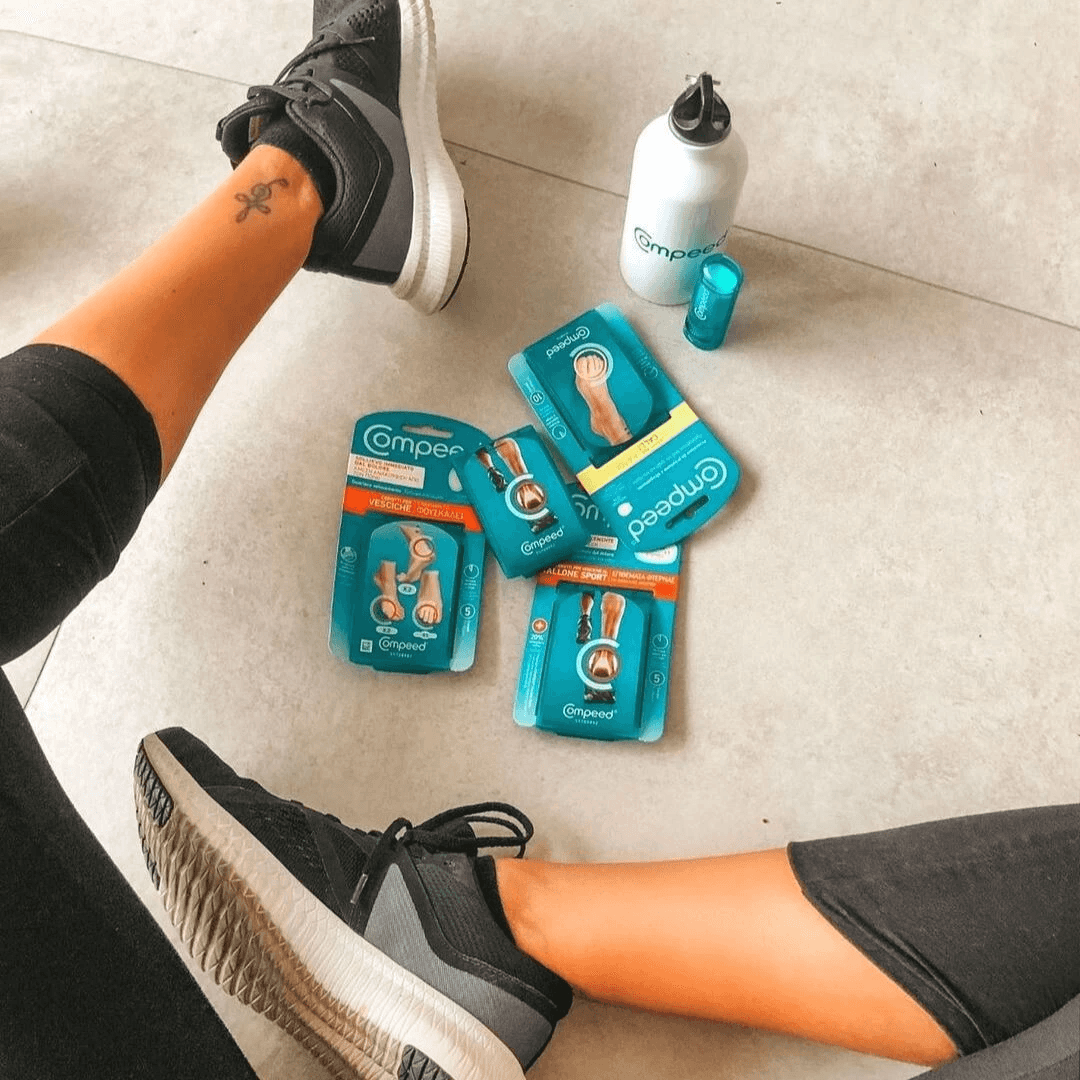Nothing takes the fun out of running like a blister on your foot – whether it’s causing a bit of discomfort with every stride, or hurting so much it becomes virtually impossible for you to continue running at all.
What exactly are these little bubbles of pain? What causes them, and what can be done to prevent them developing? Our handy guide below outlines all the information you need to understand, avoid and deal with blisters – so you’re never in danger of falling behind on your training schedule or parkruns!





